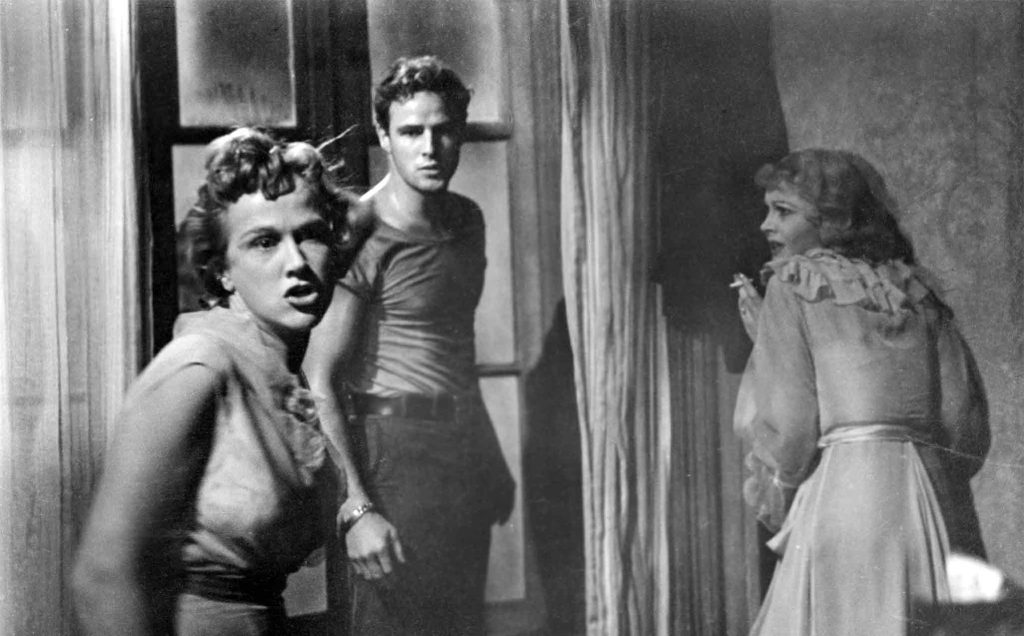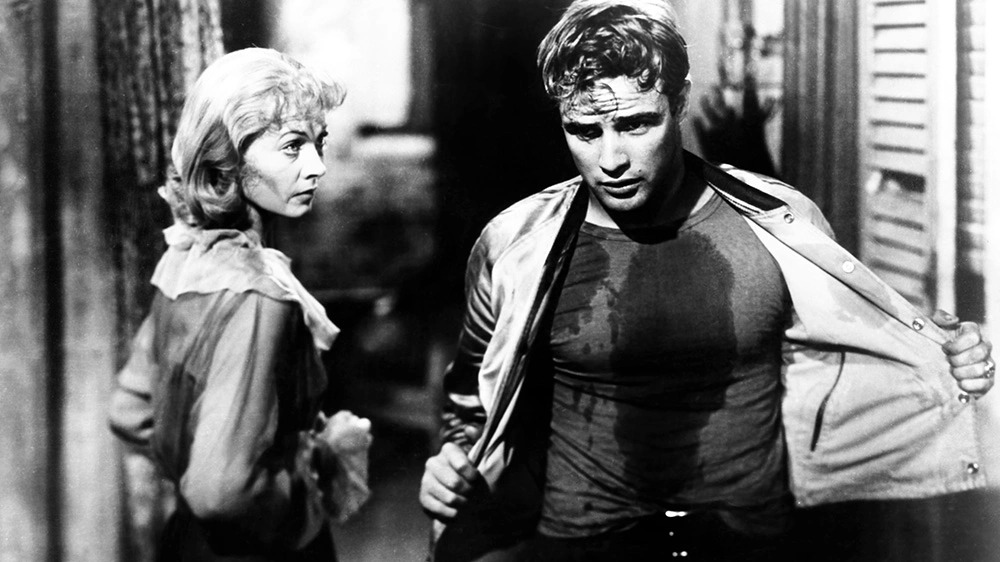During the early 1960s, the city of New York was undergoing major construction projects, and it was a time when different ethnic groups were fighting for their rights. This article will focus on the tensions between the other groups of people and the effect this had on music, art, and literature. It will also discuss how music evokes nostalgia for a better time.
Original essays
Various essay writing service on A Streetcar Named Desire provide a fresh, new perspective on one of the most famous plays of all time. Several authors analyze the play’s main features from various cultural, philosophical, and technical perspectives. They also address the role of mythology, Chaos and Anti-Chaos theory, and the play’s central message translation.
A Streetcar Named Desire tells the story of Blanche Dubois, who deals with the aftermath of losing her husband and inheriting her family’s mansion. She is forced to move in with her sister Stella. This is a rough-and-tumble union, and Blanche has no idea how she could have gotten into it.
The play also touches on the problems of post-World War II American society. Old settlers, immigrant families, and the Great Depression are all referred to in the space. However, it is the desire that drives the plot.
Sympathy for Blanche
Several critics have discussed whether Tennessee Williams’ play, A Streetcar Named Desire, has a good sympathy for Blanche. Some argue that Williams’s depiction of Blanche is misogynistic and that the ending dehumanizes her. However, others assert his play highlights her character’s virtues and her plight to criticize the social order.
The play’s rape scene demands careful analysis. Some believe it is a case of misogynistic political correctness, while others claim that Williams has a misunderstanding of the legality of rape.
In addition, many deem Blanche’s behavior a sign of her mental instability. She is too tender to deal with the trials of life alone. She is also unable to distinguish the real from the fictitious. Her lies are the result of her perception of the world.
Music
Using music in the play A Streetcar Named Desire creates the right atmosphere. It helps to define the character’s emotions and set the tone. The space is set in the late 1940s in New Orleans. The jazz flavor adds a decadent flair to the setting.
The play A Streetcar Named Desire is a Pulitzer Prize-winning drama written by Tennessee Williams. It tells the story of Blanche DuBois, trying to escape her past in New Orleans. She arrives at Stella Kowalski’s home in search of refuge. She is terrified. She cries and speaks to her. She is pregnant. Then she meets Stanley Kowalski, a brutish man who tries to do my essay.
A Streetcar Named Desire contains several complex themes. It is a play about mental health. It includes cruelty, self-destruction, and lamentation. It has been adapted into various stretches and movies.

Evoking nostalgia for a better time
Several decades ago, Tennessee Williams’s play A Streetcar Named Desire was considered shocking. It deals with themes of identity, mental ruin, and violence. In particular, it is a tragic study of Blanche DuBois, a former Southern belle. Her brother-in-law Stanley Kowalski raped her, and she ended up living in New Orleans with her sister Stella.
A Streetcar Named Desire was first published in 1947. Two years later, the play was adapted into a film. Gregory La Cava directed the film from the screenplay by Carey Wilson. It is based on the novel Rinehart by T.F. Tweed.
The play and film depict a society trapped by memories of its past. It is about Blanche’s mental ruin and the cruelty of her brother-in-law Stanley.
Tensions between different ethnic groups
Among the many great works of American fiction, A Streetcar Named Desire by Tennessee Williams stands out as a notable one. The play is a testament to the social drama movement, a group of essay writers, artists, and playwrights who used the art of satire to lampoon American society. These works of art explored topics such as race, gender, religion, and class. In the late 1940s, these themes were significant as the country was undergoing a cultural transformation.
A Streetcar Named Desire by Tennessee is an excellent example of the social drama movement, which draws inspiration from turn-of-the-century European plays. The plot is driven by two competing personalities: Blanche DuBois, a soft-spoken woman with a fetish for the finer things in life, and Stanley Kowalski, a brutish and vulgar Polish immigrant.

